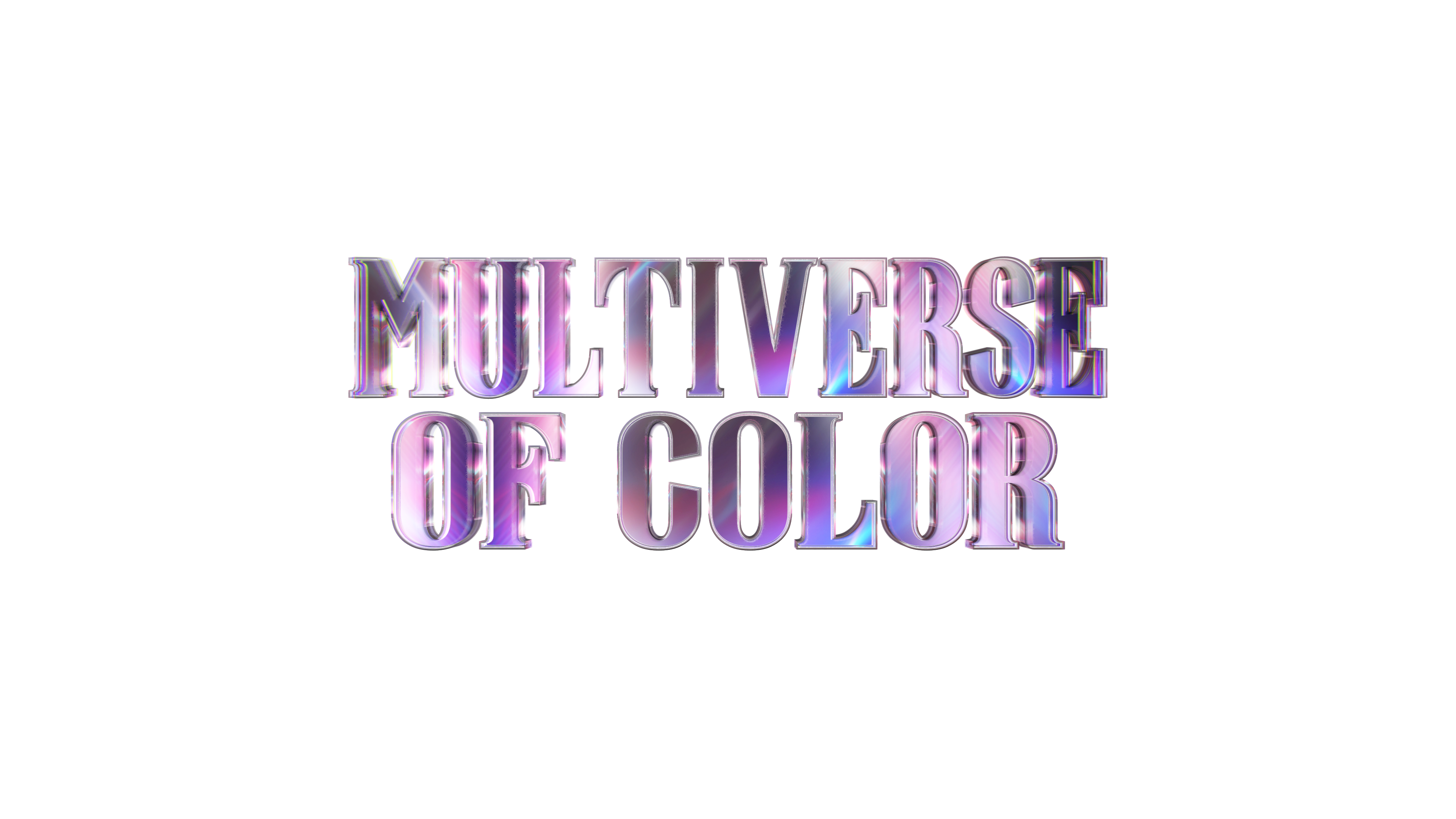We’re all coming out of the haze of Avengers: Endgame and while there are some incredibly spectacular moments to praise, like the third act battle, the closing of some character chapters, and the stunning visuals of Voromir, let’s take a look at one of the film’s main characters, The Hulk.
Fans of Endgame know that Bruce Banner and the Hulk have come to a sort of accord during the five year time span that takes place during Endgame. The two have fused together creating an “idealized” version of Bruce Banner that has all of the Hulk’s strength and all of Banner’s intelligence. This merging of personalities really sums of the core of Endgame: “Some people move on, but not us.” We see a Banner/Hulk who has confronted the trauma of his own creation and is using it to move forward.
Professor Hulk

This Banner/Hulk hybrid, who we can call “Professor Hulk”, stems from a Hulk comic where Banner, after a great deal of therapy with the help of Doctor Sampson, manages to merge Grey Hulk, his Hulk, and Banner into one entity. Banner’s trauma, his history of abuse at the hands of his father, and the death of his mother are seemingly reconciled. You are not the same person that you were before your trauma, you never will be again, and part of accepting that and truly healing is owning it.
It’s especially telling that Professor Hulk is canonically the weakest Hulk. Banner recognizes that he’s a danger still and has taken steps to protect his friends and family. If he reaches a certain level of anger in the comics he’ll transform back into Banner. Ruffalo acknowledges that this is a needed part of the story as well. The actor spoke to EW about the “Strongest Avenger” and gave a pretty accurate description of where Bruce is mentally – one that people familiar with mental health treatment or currently in therapy might recognize.
“It’s about a kind of a maturity that comes to the character,” Ruffalo told EW. “‘Okay, it is what it is, so how do I live next to this in a way that I can still have a life? Maybe this monster is equally a part of me, and I can never really get rid of it.’”
Finally in Good Hands

Thanks to a combination of movie rights, poor adaptations, and 3 different actors playing Bruce Banner in the films, The Hulk has never gotten to really shine until Thor: Ragnarok and Avengers: Endgame. It’s another issue of “representation coming far too late.” because the Hulk’s struggles with identity and personal responsibility mirror those of the rest of the Avengers. Bruce Banner doing more than acting as a battering ram for Captain America, a Brother and support for Tony Stark, and an awkward romantic partner for Natasha Romanoff is an important step – but it can’t be the end of his story just because he’s finally “healed.”
Despite the problematic issue of Banner’s moment happening off camera during those five years, being long overdue, and being played as a joke (writers Markus and McFeely downplayed Banner’s recovery for the sake of making a joke about his physical changes,) Professor Hulk’s persona does works. That doesn’t make it comfortable. There’s a lot more to Banner’s story that could matter to a number of people – not to mention being fodder for considerably more storytelling. There have been multiple hulks, from Amadeus Cho to Jennifer Walters, Bruce Banner’s cousin. While professor Hulk worked – Banner’s story isn’t just something that can be played for laughs.
As the MCU moves forward, it’s important to point to what the MCU has done right and what they’ve done wrong. Up until Avengers: Endgame the hulk and it’s concept, mastering your inner demons and using them for good, has been largely ignored and played for laughs. Now that the Infinity Saga has concluded, it’s important Banner’s sacrifice isn’t in vain and the MCU should continue to “hulk out” for years to come.
Avengers: Endgame is currently in theaters.


